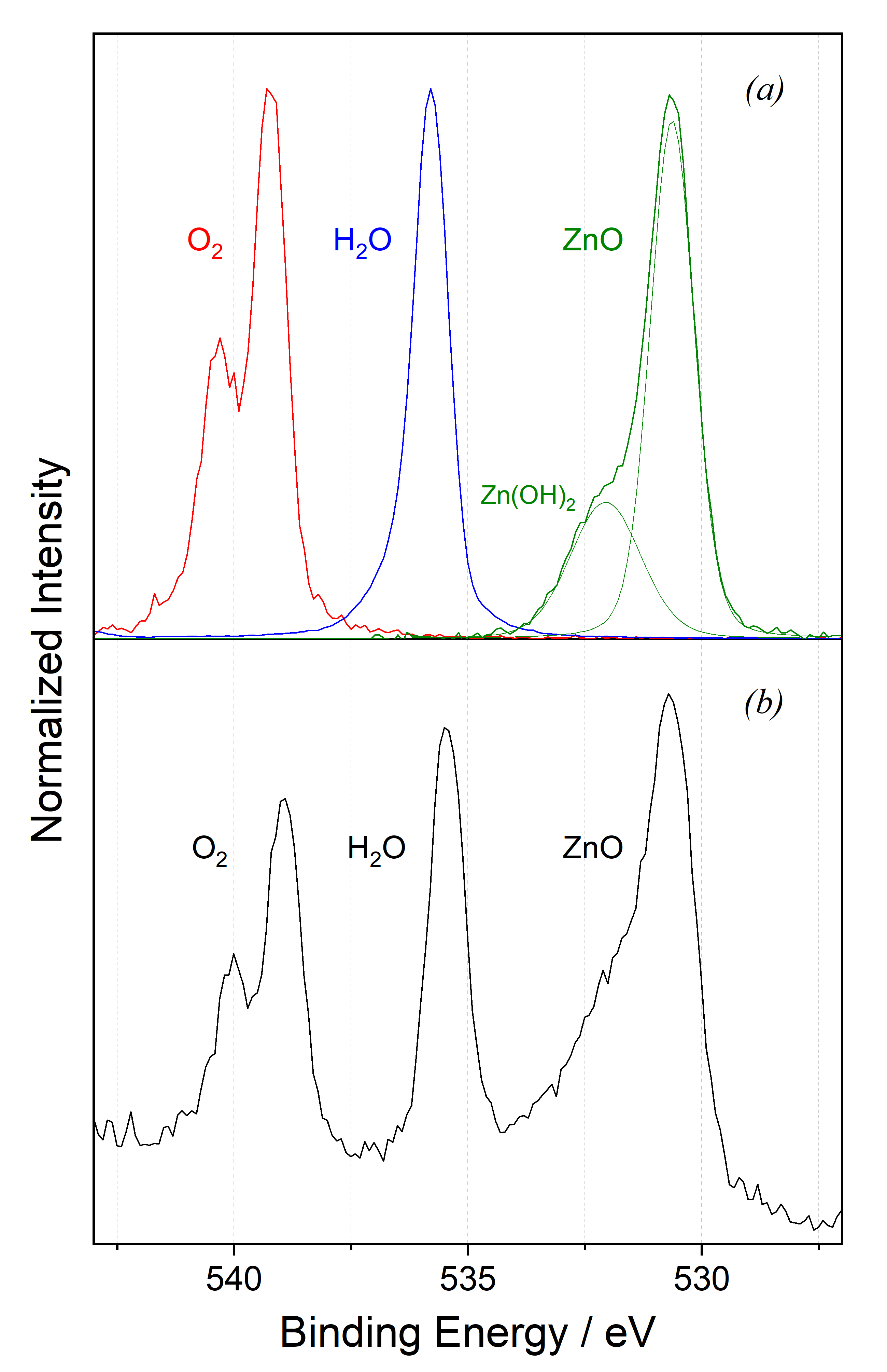The innovative high-temperature ambient pressure X-ray photoelectron spectrometer (HT-NAP-XPS) EnviroESCA® from SPECS® extends conventional X-ray photoelectron spectroscopy (XPS) by enabling measurements at a pressure of up to 25 mbar and at a temperature of up to 1000 °C. This enables in situ analyses of reaction mechanisms and their intermediate stages.
Typical fields of application of HT-NAP-XPS for surface analysis include:
- assemblies and materials for hydrogen applications, such as fuel cells, electrolyzers, and catalyst systems,
- degradation investigations of battery materials,
- high-efficiency photovoltaic materials,
- materials for heterogeneous catalysis,
- polymers, carbons, and carbon-based support materials,
- sorbents for DAC applications.
Operation:
When a sample is irradiated with monochromatic X-rays, electrons are released from the elements on the surface (photoelectric effect). These electrons are separated according to their kinetic energy using a hemispherical analyzer and measured on an electron detector. Their binding energy can be calculated from the difference between the energy of the X-rays and the measured kinetic energy of the electrons. The resulting photoelectron spectrum contains information on the elements present in the surface, their ratio to each other, and their respective oxidation states.


